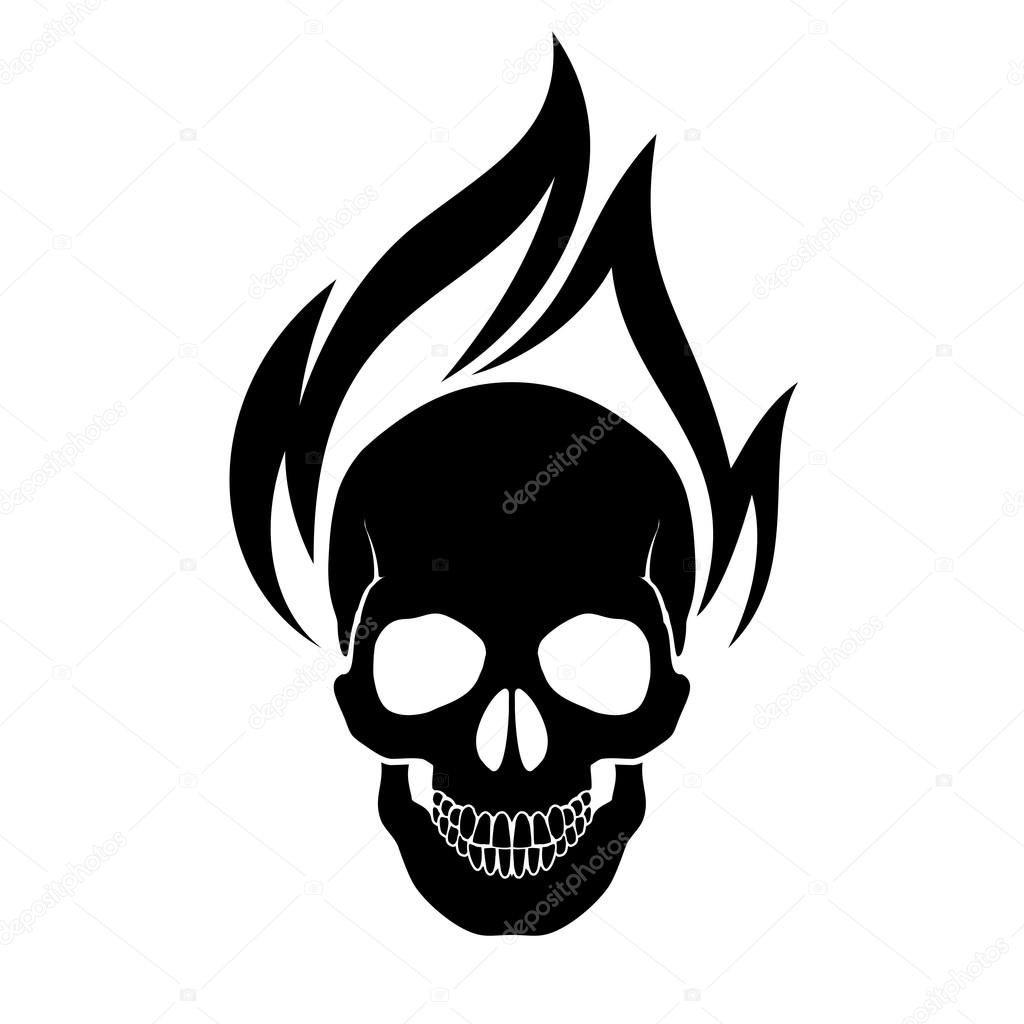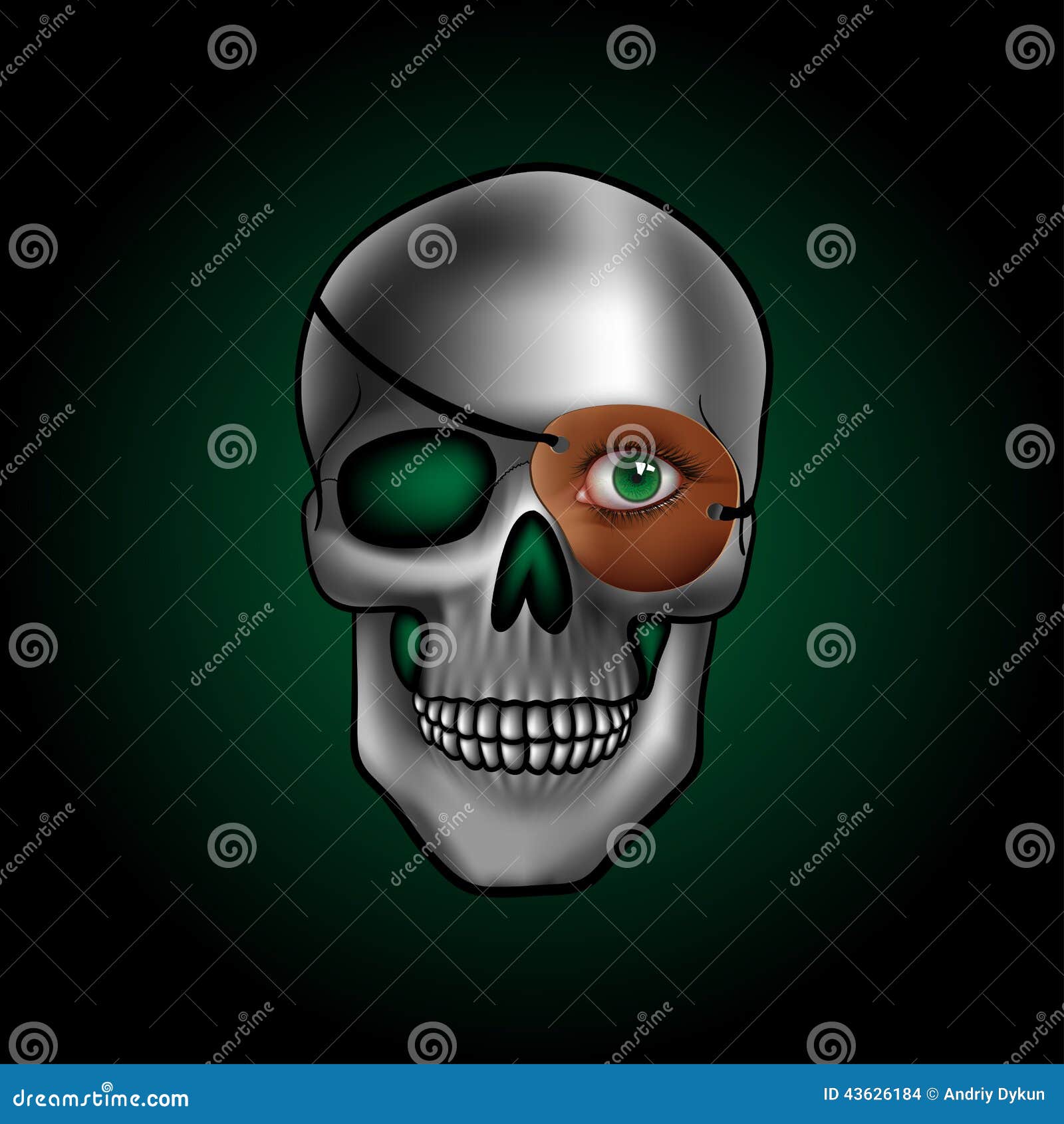
The superior nasal concha is located just lateral to the perpendicular plate, in the upper nasal cavity. It is much smaller and out of sight, above the middle concha. A third bony plate, also part of the ethmoid bone, is the superior nasal concha. Located just above the inferior concha is the middle nasal concha, which is part of the ethmoid bone. The larger of these is the inferior nasal concha, an independent bone of the skull. When looking into the nasal cavity from the front of the skull, two bony plates are seen projecting from each lateral wall. Each side of the nasal cavity is triangular in shape, with a broad inferior space that narrows superiorly. The upper portion of the nasal septum is formed by the perpendicular plate of the ethmoid bone and the lower portion is the vomer bone. Inside the nasal area of the skull, the nasal cavity is divided into halves by the nasal septum. An anterior view of the skull shows the bones that form the forehead, orbits (eye sockets), nasal cavity, nasal septum, and upper and lower jaws. The 22nd bone is the mandible (lower jaw), which is the only moveable bone of the skull.įigure 2. Anterior View of Skull. In the adult, the skull consists of 22 individual bones, 21 of which are immobile and united into a single unit. The rounded brain case surrounds and protects the brain and houses the middle and inner ear structures. The facial bones underlie the facial structures, form the nasal cavity, enclose the eyeballs, and support the teeth of the upper and lower jaws. It is subdivided into the facial bones and the brain case, or cranial vault (Figure 1). The cranium (skull) is the skeletal structure of the head that supports the face and protects the brain. Identify the bony openings of the skull.Identify the bones and structures that form the nasal septum and nasal conchae, and locate the hyoid bone.

Name the bones that make up the walls of the orbit and identify the openings associated with the orbit.Define the paranasal sinuses and identify the location of each.


scoticus had other senses to help it hunt. According to Porro, the gap may indicate that C. scoticus, scientists are still puzzled by a gap near the front of the animal’s snout. (Image credit: Porro et al)Īlthough much more is known about C. scoticus skull from crushed bone fragments.


 0 kommentar(er)
0 kommentar(er)
